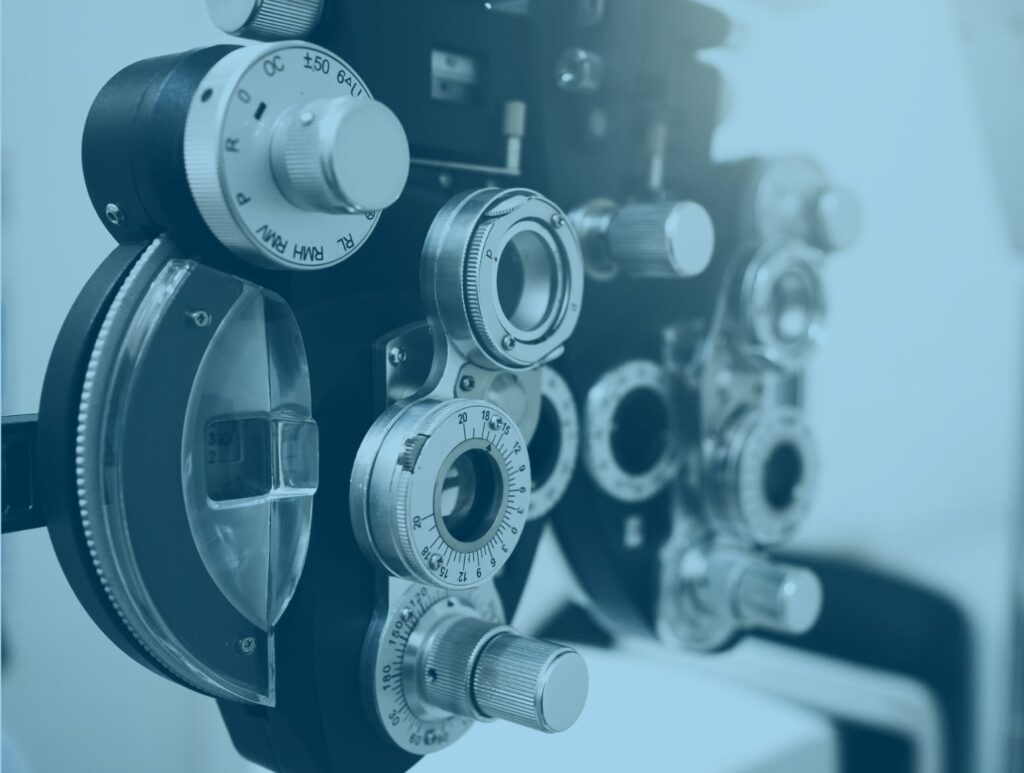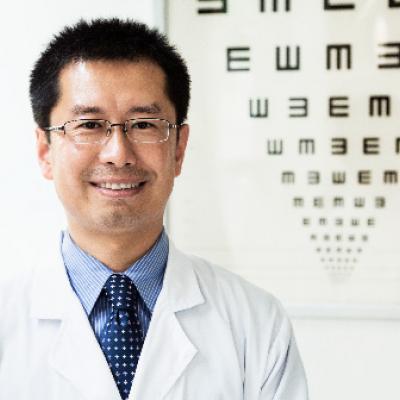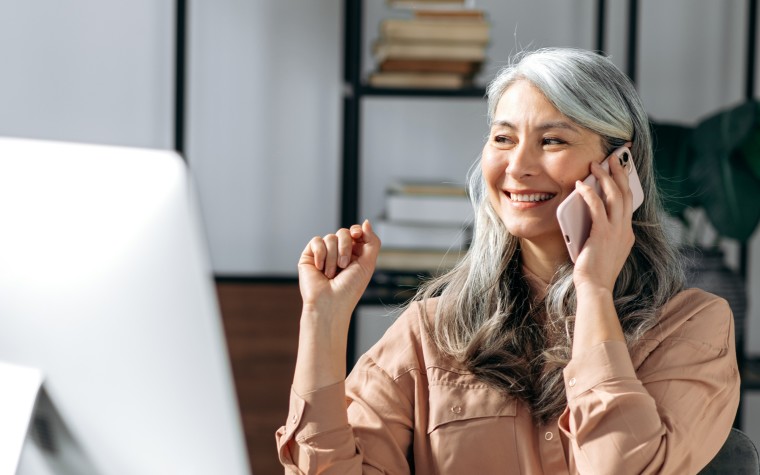All Categories
Featured
Reduced vision, a condition where traditional glasses, call lenses, or surgical treatment can not fully restore view, can make daily tasks testing. The good news is, reduced vision rehab uses a variety of resources to assist people keep their independence and lifestyle. This short article explores the choices readily available for those looking for support in managing their aesthetic problems.
What Is Low Vision Rehab?
Reduced vision recovery is a structured strategy to help people optimize their remaining vision and adapt to new methods of carrying out day-to-day jobs. Specialists collaborate with people to develop individualized strategies, including tools, techniques, and training programs that fit their one-of-a-kind needs.
![]()
Trick Options for Reduced Vision Rehab
Vision Enhancing Gadget
Optical Aids: Gadget like magnifiers, telescopic glasses, and special reading lenses can improve clearness for reading, writing, and various other close-up activities.
Electronic Visual Help: Devices such as electronic magnifiers and mobile video magnifiers give flexible zoom abilities for various tasks.
Wearable Technology: Smart glasses furnished with cameras and voice comments offer sophisticated options for boosting vision.
![]()
Assistive Modern Technology
Screen visitors, text-to-speech applications, and devices with voice commands make innovation accessible for people with low vision.
Smart device applications, such as navigation aids and item acknowledgment tools, assistance users engage with their environments extra efficiently.
Educating and Treatment
Orientation and Flexibility Training: Professionals show skills for navigating areas securely, consisting of using white walking sticks or overview pets.
Daily Living Abilities Educating: Recovery programs provide techniques for cooking, cleansing, and individual treatment, making certain that individuals can perform necessary tasks separately.
Aesthetic Skills Training: Workouts created to enhance making use of continuing to be outer vision can improve aesthetic capability.
Environmental Adaptations
Changes to living or work spaces can considerably enhance access. Instances include:
Mounting brighter lighting.
Adding high-contrast markings to home appliances.
Setting up furnishings to produce clear pathways.
Assistance Networks
Psychological and emotional support is an important element of rehab. Assistance teams, treatment sessions, and therapy services can help individuals handle the obstacles of vision loss.
![]()
Peer networks attach people with comparable experiences, cultivating a feeling of area and shared knowing.
How to Access Reduced Vision Rehabilitation Services
Reduced vision rehabilitation services are usually supplied by:
Reduced Vision Clinics: Operated by eye doctors and optometrists concentrating on vision disabilities.
Physical Therapists: Experts in adapting environments and jobs to suit individual needs.
Not-for-profit Organizations: Teams such as the American Structure for the Blind (AFB) or regional loss of sight assistance companies provide valuable sources and referrals.
Final Thought
Dealing with low vision can feel frustrating, however with the right assistance and tools, individuals can continue to lead satisfying lives. Reduced vision rehabilitation provides a range of sources tailored to improve capability, increase self-confidence, and boost lifestyle. If you or a loved one is facing the obstacles of low vision, take into consideration connecting to a professional or rehab center to discover the many options readily available. Together, these solutions guarantee that vision loss does not define or restrict one's capacity.
What Is Low Vision Rehab?
Reduced vision recovery is a structured strategy to help people optimize their remaining vision and adapt to new methods of carrying out day-to-day jobs. Specialists collaborate with people to develop individualized strategies, including tools, techniques, and training programs that fit their one-of-a-kind needs.

Trick Options for Reduced Vision Rehab
Vision Enhancing Gadget
Optical Aids: Gadget like magnifiers, telescopic glasses, and special reading lenses can improve clearness for reading, writing, and various other close-up activities.
Electronic Visual Help: Devices such as electronic magnifiers and mobile video magnifiers give flexible zoom abilities for various tasks.
Wearable Technology: Smart glasses furnished with cameras and voice comments offer sophisticated options for boosting vision.

Assistive Modern Technology
Screen visitors, text-to-speech applications, and devices with voice commands make innovation accessible for people with low vision.
Smart device applications, such as navigation aids and item acknowledgment tools, assistance users engage with their environments extra efficiently.
Educating and Treatment
Orientation and Flexibility Training: Professionals show skills for navigating areas securely, consisting of using white walking sticks or overview pets.
Daily Living Abilities Educating: Recovery programs provide techniques for cooking, cleansing, and individual treatment, making certain that individuals can perform necessary tasks separately.
Aesthetic Skills Training: Workouts created to enhance making use of continuing to be outer vision can improve aesthetic capability.
Environmental Adaptations
Changes to living or work spaces can considerably enhance access. Instances include:
Mounting brighter lighting.
Adding high-contrast markings to home appliances.
Setting up furnishings to produce clear pathways.
Assistance Networks
Psychological and emotional support is an important element of rehab. Assistance teams, treatment sessions, and therapy services can help individuals handle the obstacles of vision loss.

Peer networks attach people with comparable experiences, cultivating a feeling of area and shared knowing.
How to Access Reduced Vision Rehabilitation Services
Reduced vision rehabilitation services are usually supplied by:
Reduced Vision Clinics: Operated by eye doctors and optometrists concentrating on vision disabilities.
Physical Therapists: Experts in adapting environments and jobs to suit individual needs.
Not-for-profit Organizations: Teams such as the American Structure for the Blind (AFB) or regional loss of sight assistance companies provide valuable sources and referrals.
Final Thought
Dealing with low vision can feel frustrating, however with the right assistance and tools, individuals can continue to lead satisfying lives. Reduced vision rehabilitation provides a range of sources tailored to improve capability, increase self-confidence, and boost lifestyle. If you or a loved one is facing the obstacles of low vision, take into consideration connecting to a professional or rehab center to discover the many options readily available. Together, these solutions guarantee that vision loss does not define or restrict one's capacity.
Latest Posts
Take Advantage of Exclusive Auto Repair Offers in Chicago at Montclare Auto Repair
Published en
1 min read
Uncover Auto Services & More: Comprehensive Auto Care Solutions from Montclare Auto Repair
Published en
1 min read
How to Know When Your Car Needs Expert Car Repair at Montclare Auto Repair
Published en
1 min read
More
Latest Posts
Take Advantage of Exclusive Auto Repair Offers in Chicago at Montclare Auto Repair
Published May 31, 25
1 min read
Uncover Auto Services & More: Comprehensive Auto Care Solutions from Montclare Auto Repair
Published May 26, 25
1 min read
How to Know When Your Car Needs Expert Car Repair at Montclare Auto Repair
Published May 25, 25
1 min read